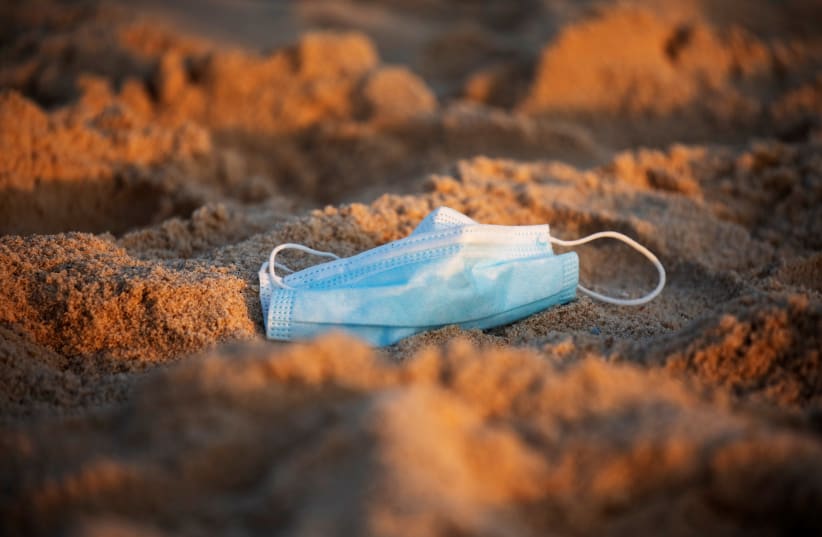To date, some of the world’s hottest countries – Brazil and Saudi Arabia, for example – have had the largest outbreaks.
“There was hope that coronavirus would go away in the summer because some viruses are climate sensitive and, at least initially, it also seemed that the distribution of the virus was less in those countries with more temperate climates,” said Prof. Chaim Putterman, associate dean for research and director of the Galilee Medical Center research institute in the Azrieli Faculty of Medicine at Bar-Ilan University. “The hope and prayer was that in the summer, the warmer climate in Israel would weaken the corona’s spread. Unfortunately, that did not happen.”
Flu is an example of a seasonal disease. Outbreaks increase in the fall and spike in the winter. The worst outbreaks of polio, when it was still a common disease, were in the summer.
The challenge, according to Ran Nir-Paz, a senior physician in Hadassah-University Medical Center’s department of clinical microbiology and infectious diseases, is that the novel coronavirus is new and therefore little is still known about it. Therefore, we cannot make assumptions.
Nir-Paz said the seasonal assumption is far from reality. Rather, there is an understanding that when people are outside, they are less likely to contract the coronavirus. This has more to do with the fact that, with fresh air and more space between people, the risk for infection goes down.
Research has shown that the coronavirus passes in tiny droplets called aerosols, which waft through the air and accumulate over time. Outside, the air moves more.
“The air replacement is huge,” Nir-Paz said. “Outside there is a lot [of movement]; inside, there is very little.”
And what about the hypothesis that the sun kills COVID-19?Some scientists are studying whether ultraviolet light from the sun destroys the coronavirus. A study published in the Journal of Infectious Diseases found that 90% of infectious coronavirus was inactivated in less than 20 minutes when exposed to simulated sunlight representative of the summer solstice at 40°N latitude at sea level on a clear day. However, more studies are needed to confirm this result, and the amount of ultraviolet light that reaches Earth’s surface is not constant and therefore cannot be relied on.
Putterman stressed that just being outside is not enough to ensure one’s safety from the coronavirus.
He said the coronavirus spreads in large crowds – even if it is summer and even outside.
“Crowd density is the most important factor,” he said.
